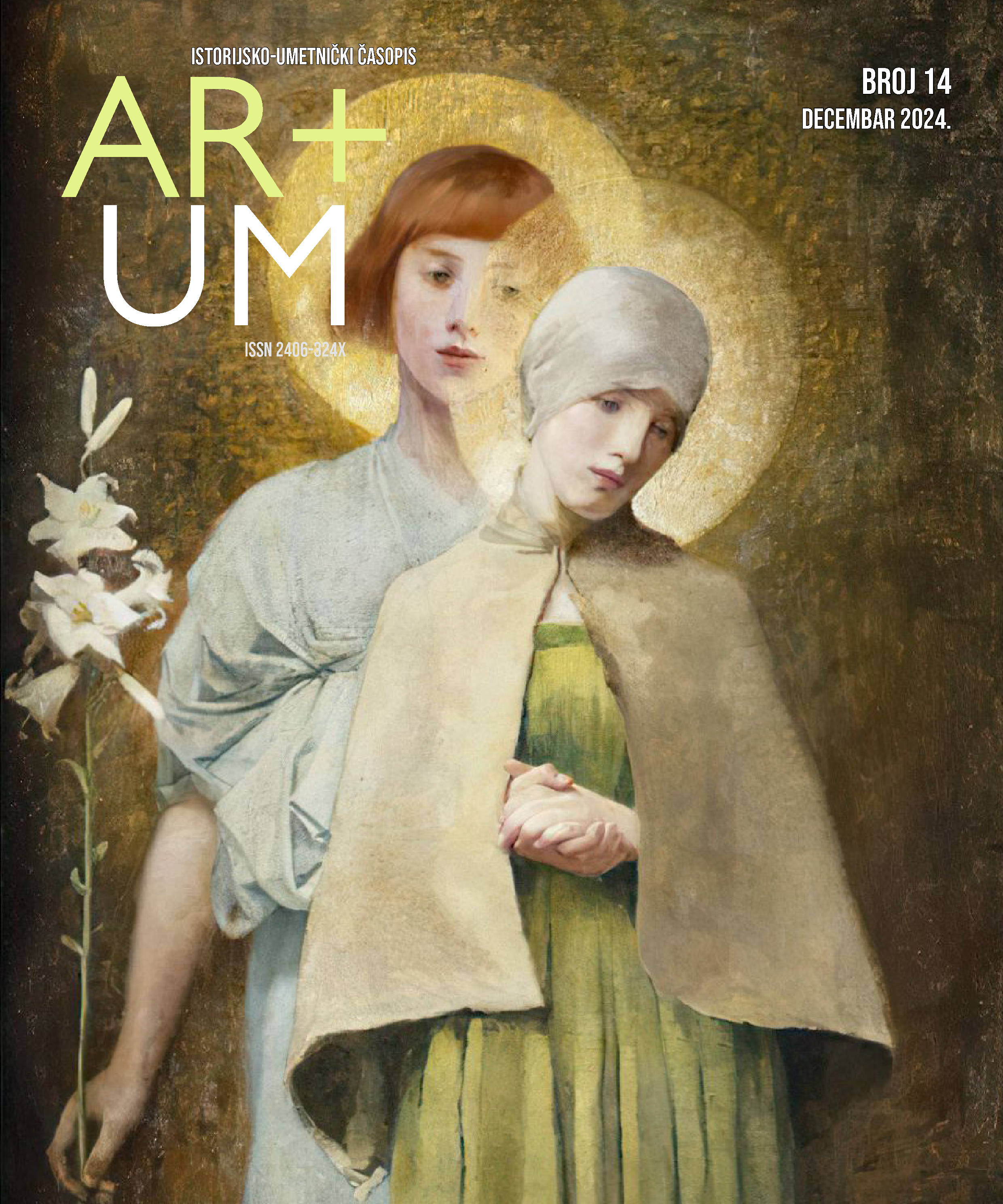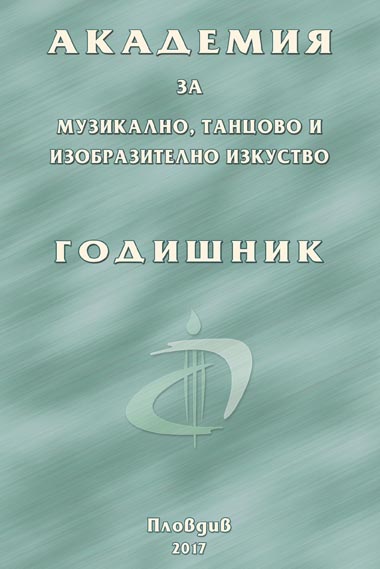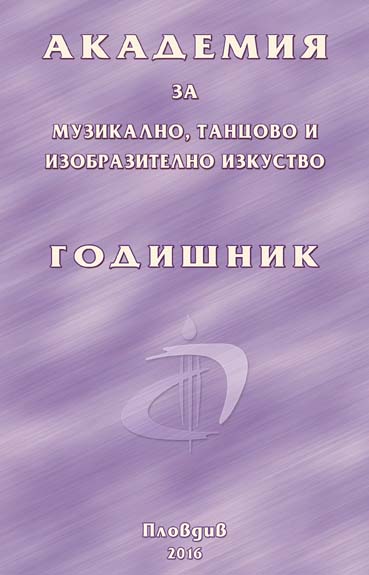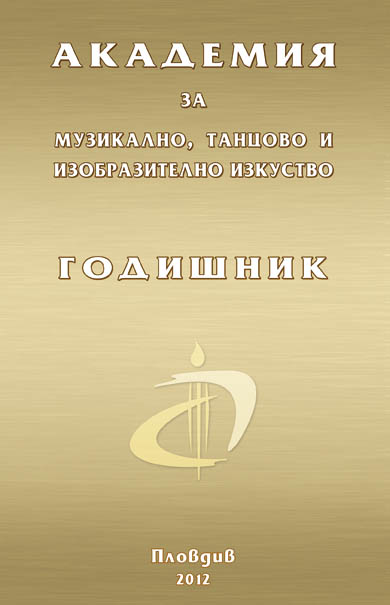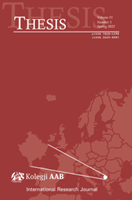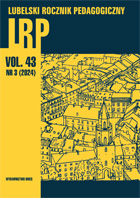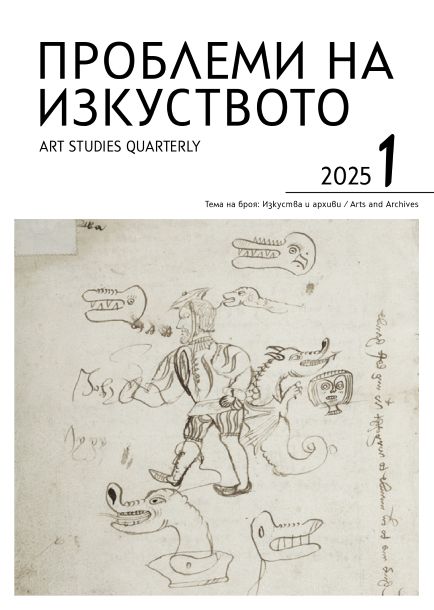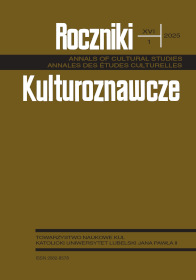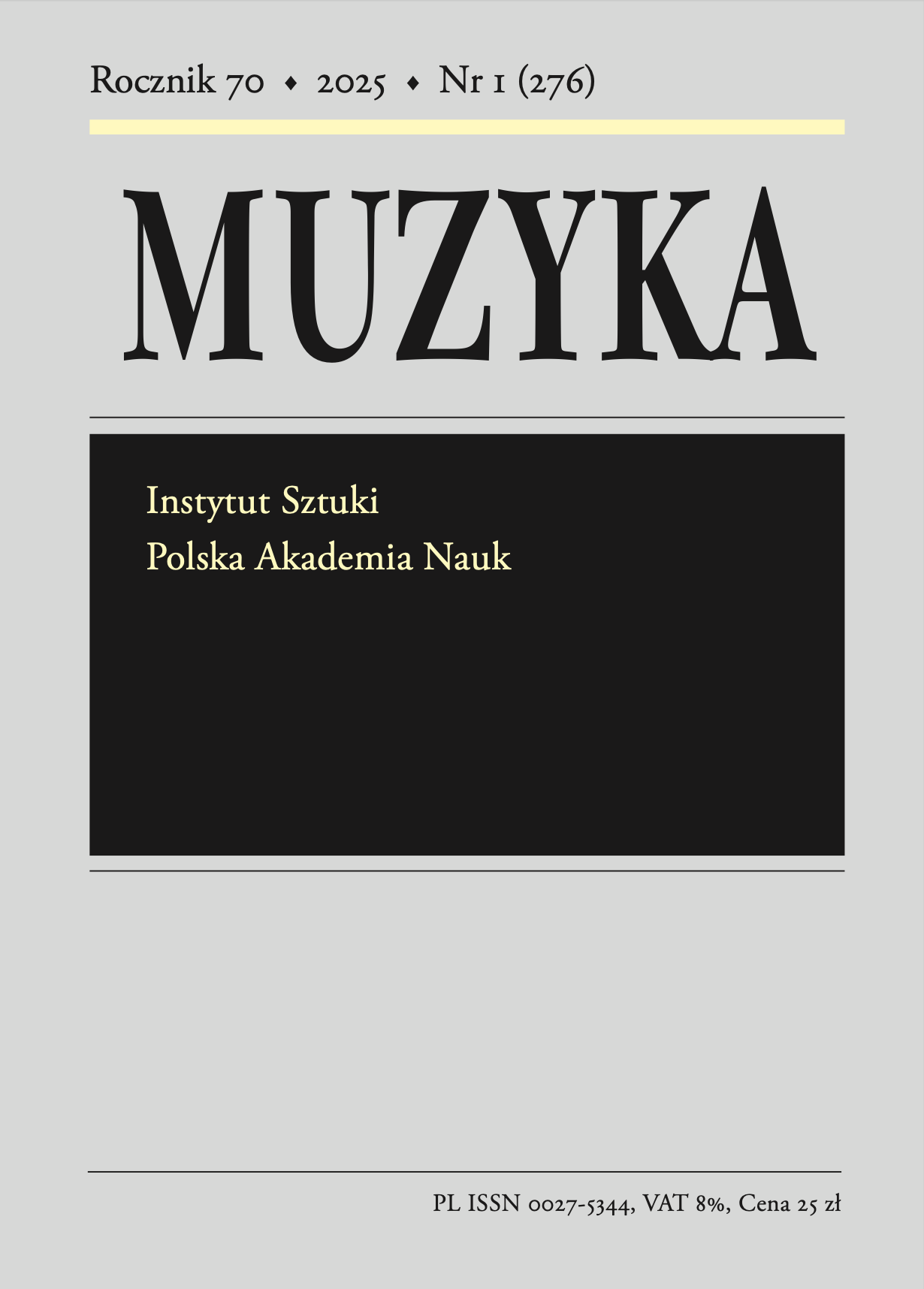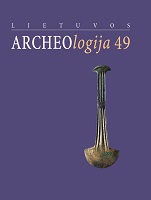
Dimensiuni psihologice ale receptării artei bioptice
Pictorial compositions in bioptic art differ in that they have included in their framework forms resulting from the application of procedures based on stereoscopy and binocular rivalry. The objective of the present study was to evaluate images from bioptic art and identifying the relationship between them and the personality characteristics of the evaluators. A number of 104 students were asked to evaluate the paintings made by the bioptic technique. There were used as tools the semantic differential scale of the creative product (CPSS) for the aesthetic assessment and Big Five Model Centred Personality Questionnaire (BFI-10) for the personality traits analysis. The results show that the artistic execution of paintings is highly appreciated, secondly, the originality and finally their logic. To the question of who are those who appreciate bioptic paintings as originals, the data show that people characterized by openness to experience notice rather originality, while conscientious people are more interested in the elaboration and artistic execution of the paintings. It is discussed the interaction between intrinsic (of the receivers) and extrinsic (of the work of art) factors in the act of contemplation.
More...
